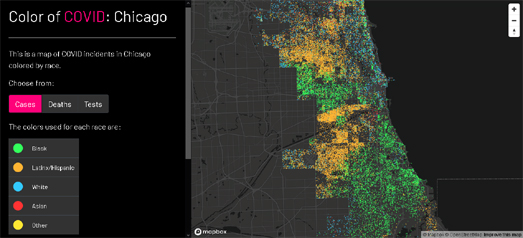
The Late Triassic: The Late Triassic event, 201m years ago, shares a number of similarities with the Late Permian event. It was caused by another large-scale eruption, this time of the Central Atlantic Magmatic Province, which heralded the splitting of the supercontinent Pangaea and the initial opening of what would later become the Atlantic Ocean.The extinction was triggered by a vast eruption of the Siberian Traps, a gigantic and prolonged volcanic event that covered much of modern day Siberia, which led to a cascade of environmental effects. The Late Permian: The Late Permian mass extinction around 252m years ago dwarfs all the other events, with about 96% of species becoming extinct.This event coincided with the Emeishan eruption in what's now China, and is known to have caused simultaneous extinctions in the tropics and higher latitudes. The Middle Permian: Scientists have recently discovered another event 262m years ago that rivals the 'Big Five' in size.Learn more about Wikimapia and cityguides. It contains information about 31304395 places and counting. Wikimapia is an open-content collaborative map project contributed by volunteers around the world.

This extinction has been linked to major climate change, possibly caused by an eruption of the volcanic Viluy Traps area in modern-day Siberia. A major eruption might have caused rapid fluctations in sea levels and reduced oxygen levels in the oceans. This site is created using Wikimapia data. The Late Devonian: This period is now regarded as a number of 'pulses' of extinction spread over 20m years, beginning 380m years ago.This makes it the only major extinction to be linked to global cooling. The Late Ordovician: This ancient crisis around 445m years ago saw two major waves of extinction, both caused by climate change associated with the advance and retreat of ice sheets in the southern hemisphere.Traditionally, scientists have referred to the 'Big Five' mass extinctions, including perhaps the most famous mass extinction triggered by a meteorite impact that brought about the end of the dinosaurs 66 million years ago.īut the other major mass extinctions were caused by phenomena originating entirely on Earth, and while they are less well known, we may learn something from exploring them that could shed light on our current environmental crises.


 0 kommentar(er)
0 kommentar(er)
